
by Luke Schmaltz
The Denver Department of Transportation & Infrastructure (DOTI) has elaborate plans for the streets of the Mile High City. These upgrades involve alteration of major travel routes, busy thoroughfares and neighborhood streets in order to accommodate an ambitious, multimodal, city-wide bike lane initiative. According to DOTI’s website, the Denver Moves: Bicycles project is driven, in part, by the fact that many would-be cyclists do not feel safe using two-wheeled, non-motorized transportation in order to get around town. The website infographics demonstrate that a majority of would-be bicycle riders (60%) feel “interested but concerned” about safety for cyclists across the city at large while 25% say “no way, not now” while just 12% are “somewhat confident” and only 4% of those surveyed say they are “highly confident” that riding through the city is actually safe.
A New Beginning
As of January 1, 2020, the Department of Public Works became DOTI, with a modernized mission that is “ … focused on increasing mobility and safety while reducing congestion and fighting climate change.” A fundamental part of creating a remedy for the above statistical disparities involves an overhaul of the existing network of bike routes — with increased signage, more visible lane markers and physical installations in the form of barriers for enhanced safety. Such measures are already in place in some areas of the city, with new lanes, buffered lanes and protected lanes popping up virtually overnight. While these improvements are no doubt paved with good intentions, many neighborhood leaders, property owners and longtime residents have been caught by surprise, with the look and feel of their community having been altered with little notice and without majority consent.
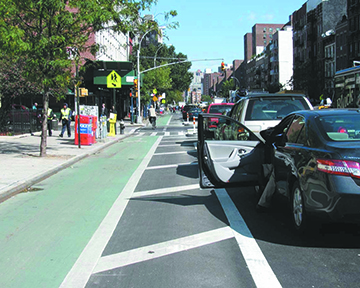
An Old Neighborhood
One such community is the Wellshire district, bordered on the west and east by University and Colorado Boulevards, respectively, and framed to the north and south by E. Yale Ave. and Hampden Ave. This quiet district was built over 60 years ago, and consists primarily of single family, owner-occupied homes. DOTI’s plan is to eradicate all on-street parking on E. Dartmouth Ave. to make way for a well-defined, buffered bike lane that would no doubt increase safety and security for users while creating possible hazards and other negative impacts for homeowners.
Some residents feel that, since there have been no recent crashes reported along this stretch of Dartmouth (already a designated bike route), enhancing the bike lane is an overzealous remedy to a nonexistent problem. This viewpoint also supports the idea that installing a buffered bike lane could create hazards for residents pulling into and backing out from driveways as well as minor inconveniences and major hassles when it comes to available parking for visitors, delivery drivers and service providers. Other residents feel that removing on-street parking can also have a negative effect on value of the homes along Dartmouth, which in turn can decrease property values throughout the neighborhood.
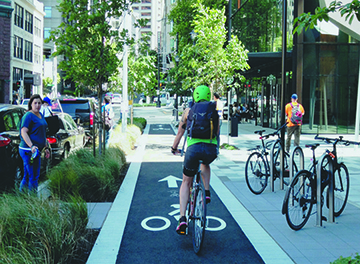
An Exclusive Agenda
The DOTI website lists several dozen bike lane installation sites — complete with the types of lanes to be implemented, expected completion dates and some with documents presenting the details of the neighborhood outreach. Yet, concerned homeowner Richard Davies — who lives just off Dartmouth — explains how City Council members and DOTI representatives seemed to forgo the outreach dimension of the project, using the Coronavirus shutdown as an excuse to push their agendas through uncontested. After the first public meeting was held in early 2020 at an area elementary school, the follow-up meeting on April 22 was scheduled as a “virtual open house” but organizers would only field questions and speaking points from attendees that were submitted and approved prior to the meeting.
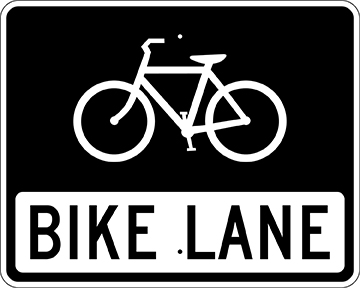
The Political Side
City Councilwoman Kendra Black, who had claimed to be opposed to this particular stretch of the Denver Moves: Bicycles project, was also rumored to have inferred to a concerned resident that the proposed changes were a done deal, and they should not waste their time. Regardless, nearly 200 signatures opposing the measure were submitted with zero acknowledgement from DOTI or the city council.
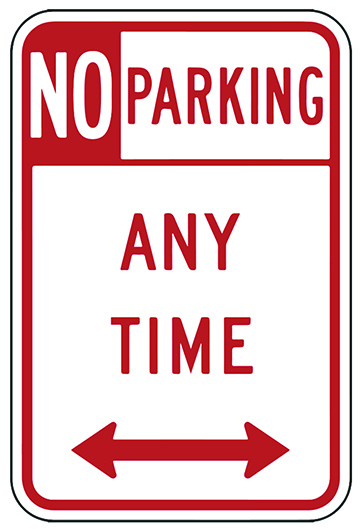
In an online interview, Councilwoman Black was neutral on the issue, transferring all blame to the will of DOTI’s traffic engineers. She attests that, “The city’s goal is to create safe alternatives to driving for people who are willing and able to use other modes of transportation. Fewer cars on the roads improves air quality, personal health and traffic congestion.” Black continues by stating “Every bike lane project is different depending on what type of street it is, the traffic count, the configuration of the street and more. The goal is to add safe bike lanes — sometimes, according to DOTI engineers — the designs eliminate parking because there is not enough room to have parking, bike lanes and car lanes.”
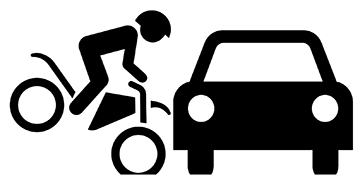
A Possible Compromise
Meanwhile, Wellshire resident David Sherman offers another perspective, ex-
plaining that “Removing parking can actually increase traffic speed and volume.” Yet, he remains hopeful that a copacetic agreement can be reached between residents and DOTI by “lowering the speed limit by five miles per hour and providing plenty of signage about ‘sharing the road.’” Either way, repaving is scheduled for June and the buffered bikeway installation will coincide. Whether a compromise is part of the outcome or the city gets its way uncontested is still a few cycles away.
